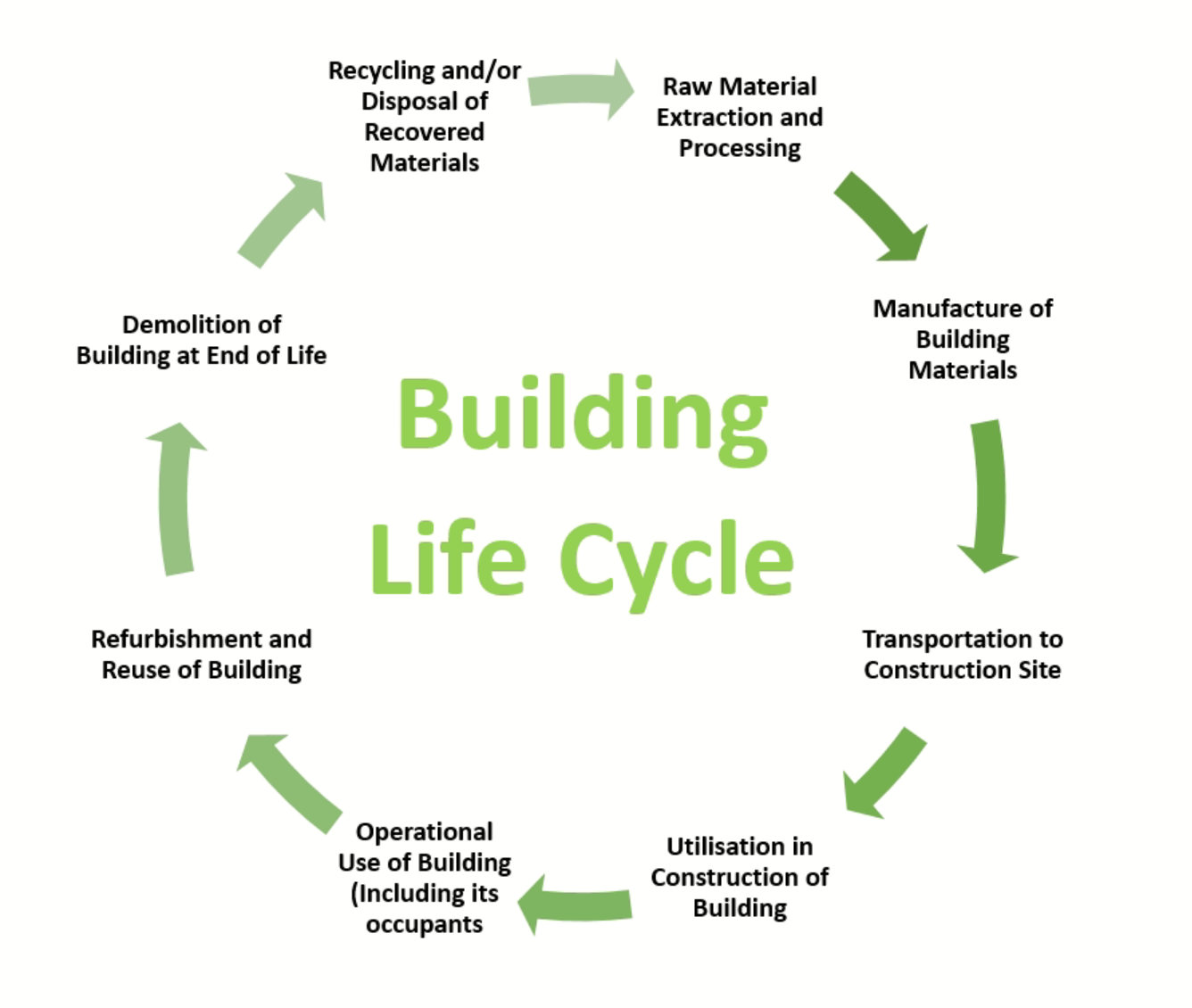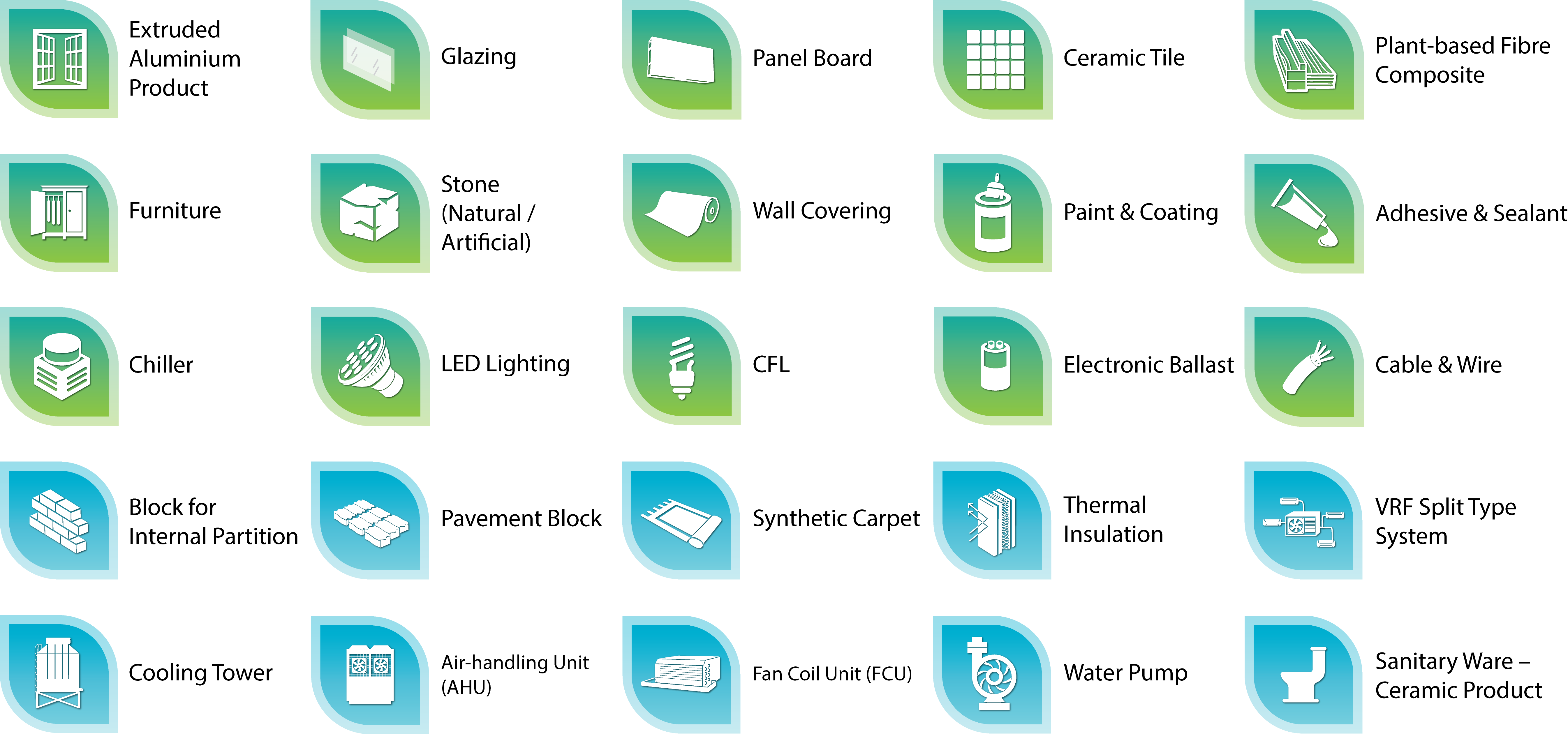|
Background
The Construction Industry Council (CIC) and the Hong Kong Green Building Council (HKGBC) are the authoritative organisations leading the construction and green building industries in Hong Kong. With their strong backings, CIC Green Product Certification will be developed as the primary certification scheme serving the local building and construction industry. Certification schemes assessing sustainable building and construction materials / products are not uncommon but they generally lack clear indications to differentiate the eco standards and hence do not help in the promotion and development of sustainable materials and products. Certification schemes also often focus relatively narrowly on certain aspects. CIC Green Product Certification is a comprehensive approach which evaluates multiple aspects such as carbon footprint, greenhouse gases emission, human toxicity, resource consumption, ecosystem impact etc. It provides a transparent platform whereby all stakeholders are informed on the sustainable criteria. The platform will stimulate the industry to procure greener materials and products. Suppliers will then be encouraged to take greener and more sustainable steps in their manufacturing processes. By creating a healthy competition, the industry will benefit and result in a far more greener built environment.
Features of the Certification
Building and construction materials and products produce varying impacts on the environment throughout the different stages of the life cycle of buildings. CIC Green Product Certification currently comprises 28 categories catered for thorough evaluation of such environmental impacts. Climate change has become a global threat with worrying consequences for many countries. Among various economic sectors, the construction industry consumes 40% of materials entering the global economy and generates significant amounts of greenhouse gases (GHGs) - the main cause of climate change. The embodied carbon of construction materials used can contribute up to 50% of a building’s lifetime carbon footprint. It is thus highly desirable to minimise the GHG emissions through the prudent selection of low carbon construction products. Construction materials such as cement, ready-mixed concrete and reinforcing bar/structural steel make up the bulk of buildings’ embodied carbon content. The corresponding 3 categories have therefore been developed to provide the communication of verifiable and accurate information on the carbon footprint of construction materials for the industry to enable practitioners to select 'low carbon' materials. The categories focus on a single impact category: climate change by quantifying greenhouse gases (GHGs) generated from the production of construction materials in terms of CO2 equivalents (CO2e). It covers six types of GHGs cited in the Kyoto Protocol (United Nations, 1997), namely, carbon dioxide (CO2), methane (CH4), nitrous oxide (N2O), hydrofluorocarbons (HFCs), perfluorocarbons (PFCs) and sulphur hexafluoride (SF6) which impact directly on global warming. Further details on the certification’s carbon assessment method can be found here. The environmental impacts of construction materials diminish after completion of substructure and superstructure of buildings. Throughout buildings’ operating life cycle, building products and materials step in to generate varying degrees of environmental impacts. Some of these also affect the health and wellbeing of buildings’ occupants. 25 categories are developed to focus on aspects such as human toxicity, resource consumption, ecosystem impact etc to minimise impacts made both to the environment and buildings’ occupants.
 |
 |

Cement
.png)
Ready-mixed Concrete

Structural Steel and Reinforcing Bar |
 |
 |
The certification grades the environmental performance of products and materials by the following ratings:
Platinum

Gold

Silver

Bronze

Green

|

